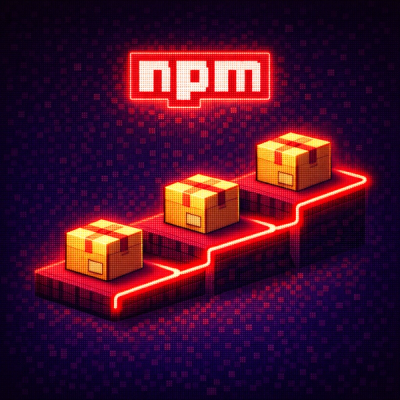Access deep object properties using a string (e.g. "user.country.name")
A lightweight (no dependencies) tool to extract deeply nested values from JS Objects (or Arrays), with optional Fallback.
Similar to Lodash' get function, but with some additional functionality.
Why?
Consider the object
const data = {
user: {
name: { first: 'Jango', last: 'Fett' },
children: ['Boba', 'Clone 1', 'Clone 2', ...etc],
weapons: [
{ name: 'Blaster', description: 'For shooting stuff' },
{ name: 'Seismic charge', description: '...BWAAAAAANG' },
],
},
...otherProperties,
}
In Javascript, you call inner object properties via dot notation:
data.user.name.last
If you want to access a property dynamically, you can do this:
const key = "user"
return data[key]
However, you can't do this:
const key = "user.name"
return data[key]
This tool allows access to deep properties from a single "property path" string.
Installation
yarn add object-property-extractor
npm install object-property-extractor
Usage
extract( dataObject, propertyString, [fallback] )
import extract from "object-property-extractor"
extract(data, "user.name.first")
extract(data, "user.age", "Unknown")
extract(data, "user.children[1]")
Array handling
In addition to accessing array by index (above), if an array consists of objects, then it's possible to extract a single property from each object in the returned array.
For example:
extract(data, "user.weapons.name")
Note that this is essentially a shorthand for:
extract(data, "user.weapons").map((weapon) => weapon.name)
Error handling
If a requested property can't be accessed (e.g. incorrect path), the function will throw an error, unless a fallback is provided. So unless you are catching and handling these errors at a higher level, it is recommended to always provided a fallback (null is an acceptable fallback).
Testing
A jest test suite is included in the repo. To run:
yarn test
See /test/test.ts for the test cases.
Bug report / Feature requests
Please make an issue in the Github repo: https://github.com/CarlosNZ/object-property-extractor



